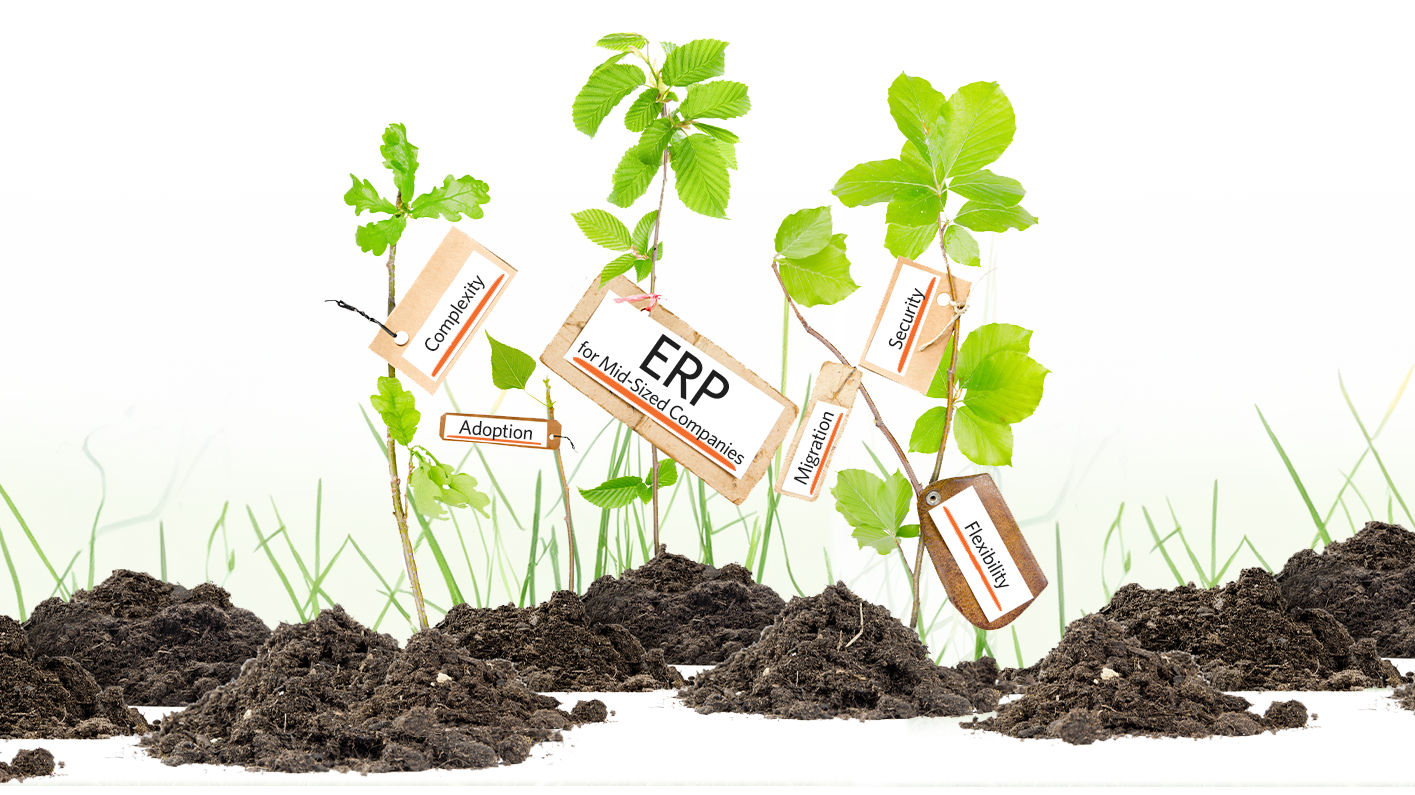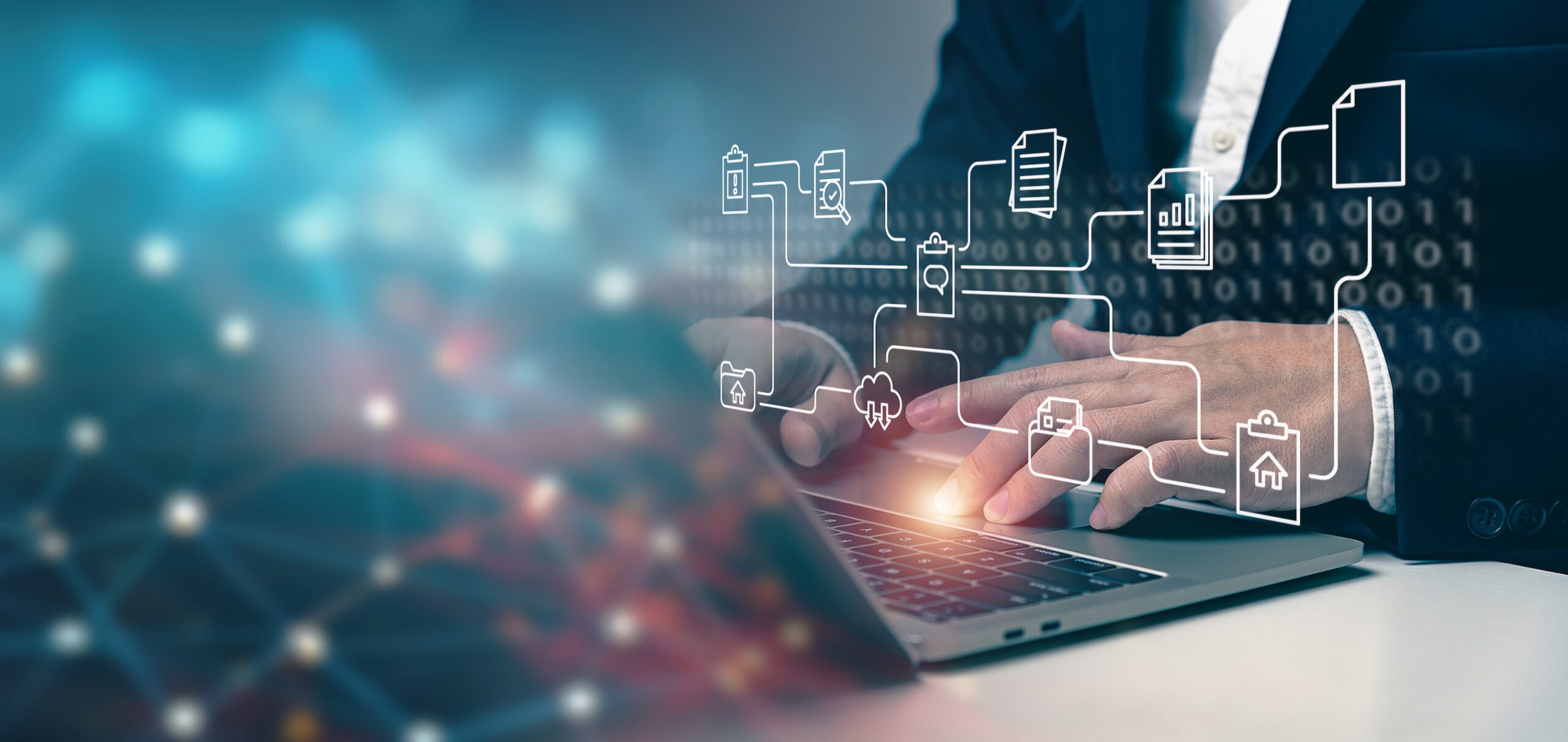ERP (Enterprise Resource Planning) software is used to maintain the core business processes within an organization.
ERP functions by integrating access and usage of numerous processes like manufacturing & engineering, marketing, human resources, finance & revenue operations, supply chain, and many others all organized under one system to increase business efficiency and improve work environments.
Sometimes referred to as a business’s “system of record,” ERP helps these multiple departments share and collaborate on commonly accessed data.
In this post, we’ll take a look specifically at SAP (Systems Applications and Products) ERP, what it is, why you would implement it, and some of the key features that make it a valuable addition to your business software solutions.
What is SAP?
SAP is the most used ERP system worldwide, with more than 440,000 and 21,000 partner organizations in 120 countries using SAP to create and maintain centralized data systems.
As the most popular ERP on the market, SAP is a software system that includes hundreds of integrated ERP modules. Each module is designed for a specific aspect of business and business management, and many SAP certifications are available to help professionals master them.
The integration of these ERP modules allows all of the various departments within an organization to communicate and plan together seamlessly.
A successful SAP implementation is a quick process, requiring just a few simple steps.
Benefits of SAP
SAP is the “next generation” of Cloud ERP solutions, allowing companies to increase both efficiency and productivity, saving time, money, and valuable resources. Much of this efficiency is achieved by automating repetitive tasks through the use of the latest, state-of-the-art ERP software solutions.
Businesses are made up of complex functions that help achieve goals while following procedures and maintaining various requirements.
Often, given the differing agendas and methodologies used in different departments, there are gaps in both communication and processes, especially when those departments’ goals are interdependent on one another.
Using an ERP system like SAP for coordinating all this information within a business allows them to fill these gaps and communicate clearly with one another, leading to the successful completion of their shared objectives and operations.
At the same time, it simplifies sometimes critical processes, allowing them to be accomplished more quickly and with less chance of error, adding to the overall project value.
Some of the key benefits of using an SAP ERP system include:
- Promoting a simpler IT infrastructure and process
- Improving agility and understanding with real-time access
- Sharing understanding of related processes between departments
- Providing deeper insights
- Faster, more accurate reporting
- Minimizing security risks or loss of data
SAP Features
SAP ERP software continues to grow and improve with each passing year, adding and adapting new technologies and functionalities as it innovates to offer new services.
Some of the standard features that have made SAP the leader in the ERP software domain include:
SAP is Customizable & Scalable
SAP can function with, and scale to, any business regardless of size.
This makes it not only valuable to a larger market but unique among ERP offerings, which typically are targeted to work with specific sizes of businesses.
The various modules used within a specific SAP set-up allow business owners to mix-and-match features to meet their own unique situations. For instance, a company might have a large and diverse marketing plan, requiring a robust marketing module. At the same time, the company may employ only a handful of people, reducing their HR module requirements.
This versatility and adaptability mean that the company can conform the SAP software’s technical and functional modules to meet their personalized requirements and processes.
This also means that the software can grow and evolve with the company and change as the business’s needs change over time.
As Tutorials Point explains, SAP utilizes a three-tier architecture that allows for extensive flexibility within the system. New features can be added, and trusted features can be upgraded to meet new and expanding business needs without disruption to the system as a whole.
SAP is Simple & User-Friendly
Most ERP systems are elaborate due to the massive size and complexity required for processing and storing huge amounts of data and keeping it all accessible.
SAP, however, minimizes any unnecessary functions and processes by conducting an in-depth pre-set-up case study to keep the finished system lean and efficient.
By eliminating unnecessary processes, SAP keeps “moving parts” to a minimum, allowing the entire system to be more user-friendly. It can be used and maintained more simply than other systems while still providing all of the ERP features and benefits that the company actually needs.
Multi-Industry & World Friendly
In our increasingly global business world, another invaluable feature of SAP software is its ability to “speak” and translate the languages of the countries in which it’s used and licensed.
Currency recording, payments, and multi-entity consolidation can be done in nearly all of the world’s major currencies. New currencies can be added in SAP Financial Accounting, as well. Government regulations, financial accounting methods, and business standards are likewise adapted to the geographic area of use, worldwide.
Another commonality among most ERP systems is that they are individually designed for specific industries and, therefore, can have difficulty communicating and functioning with businesses in other categories or markets.
SAP’s flexibility, due to its volume and range of modules, allows companies to venture outside of their own industries, acquire new avenues of business, and expand business relationships and product lines.






